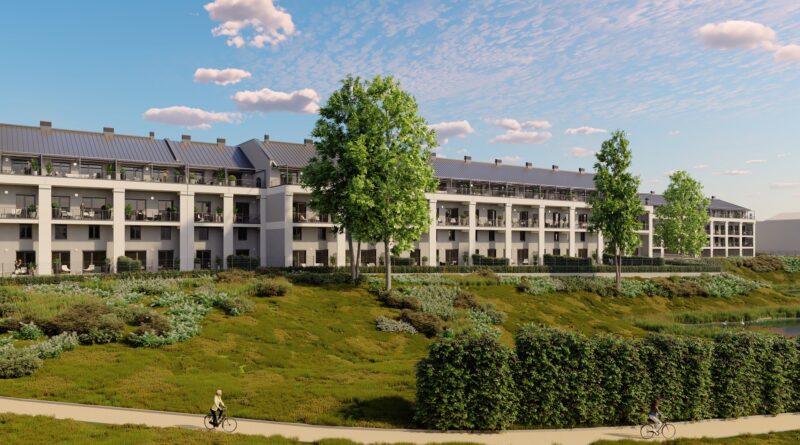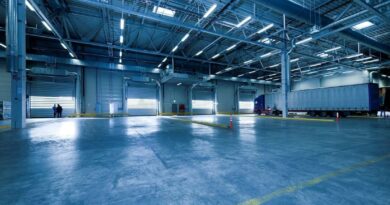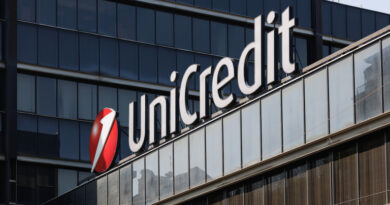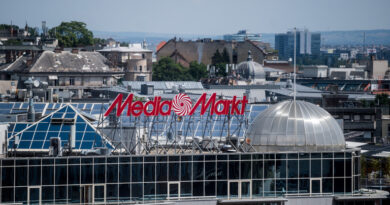Sale and Leaseback Trend Spreads across Europe and into New Sectors
Corporate sale and leaseback transactions are penetrating a broader spread of markets across Europe and are no longer dominated by office sector disposals, according to a new report by CB Richard Ellis.
The UK and Germany have previously dominated the European sale and leaseback market, accounting for more than 44 per cent of activity in 2008; however the first half of 2009 saw a significant growth of activity in Italy and Spain, where they occupied 24 per cent and 17 per cent of the European market respectively.
Sale and leasebacks in the retail sector have featured strongly in the 2009 market, accounting for 51 per cent of European activity in the first half of the year, with offices taking 23 per cent and industrial a 9 per cent share. Previously office disposals dominated the European market, accounting for almost half of all sale and leasebacks in 2007 but dropped to a 31% share in 2008 as retail and manufacturing sectors began to grow.
Recent retail examples include Tesco’s disposal of a UK portfolio for EUR 525 million and CASINO in France disposal of a EUR 334 million portfolio. In Italy, a recent example was the disposal of a portfolio of 180 high street bank branches by Unicredit for EUR 530 million, which mirrored the trend for other banks disposing of their corporate real estate throughout Europe, such as BNP Paribas’ EUR 250 million deal in Paris. In the largest disposal of properties in Europe so far this year, Spanish bank BBVA also completed a significant sale and leaseback of its Spanish real estate portfolio in September, comprising more than 948 bank branches and office buildings for EUR 1.15 billion.
“TESCO also sold some of its properties, namely its distribution centres in Hungary earlier this year. This sale and lease back transaction proved to be the largest industrial investment deal in the country in the last two years.” – commented Gábor Borbély, Senior Analyst at CBRE Budapest.
John Wilson, Head of Corporate Strategies within CBRE’s Global Corporate Services business, said: “Another trend we have noticed is that we are now being approached by some of the bigger corporates with major factories and large amounts of land in their portfolios, whereas previously most of the work we did was in the finance sector and therefore city centre-based.
Many European corporates grew from organisations set up by philanthropic individuals many decades ago, and as a result, many have factories and land in their real estate portfolio. Having hitherto not been forced to look at these assets or potential issues, the value has never been fully evaluated, and there is not the expertise in house to deal with this. But the current environment is prompting greater scrutiny of the value locked in these portfolios.
One such example of this is Nortel’s central London consolidation, where we helped them to raise enough capital to pay down most of their lease exposures. The success of this was measured against the bonds that Nortel was having to pay back at the time. Today, big AA-rated corporates are still struggling to get money at terms they are comfortable with. This is why they are looking for advice on some of the assets they have simply sat on for years.
The outlook for sale and leasebacks remains positive. Despite the scarcity of capital available from banks, the pipeline of real estate we have to bring to market is twice the size it was in 2008. The reality is that more and more organisations are looking at sale and leaseback as a means to raise capital in a world where finance is harder to come by. For the right companies, with the right properties and the right investors, the option of sale and leaseback is a strong one.”
































